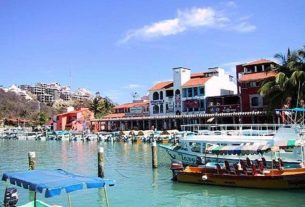Amealco, a scenic town in Mexico’s Querétaro state, is one of the country’s designated Pueblos Mágicos or “Magic Towns.” This distinction, awarded by the Mexican government, recognizes places that offer visitors exceptional beauty, cultural richness, and historical significance. Amealco, a reservation of Otomí indigenous culture, is where a treasured craft has been perfected over centuries. In workshops and homes throughout the town, skilled artisans keep alive the intricate art of creating Lele dolls. (Lele means ‘baby’ in Otomí.)
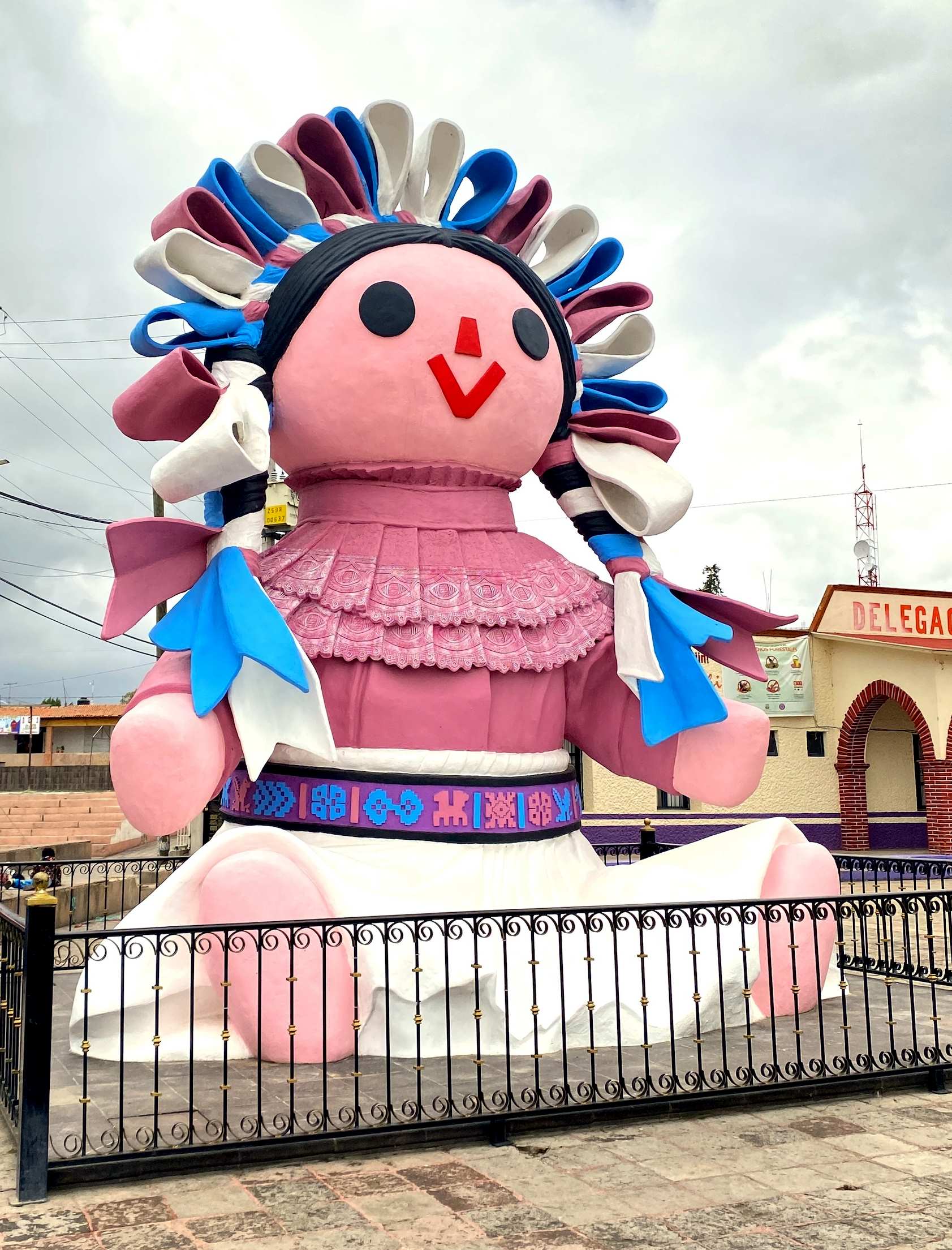
I developed a keen interest in Lele dolls (also known in Mexico as “Marías” or “Lupitas”) after I purchased my first one from a street vendor in Mexico City, mere weeks after relocating there permanently. My Lele doll donned a traditional Mexican dress in green, red and white. The superior quality of her construction was strikingly obvious. She felt solid, yet soft and her arms and legs moved independently. She had the appearance, characteristics, and dare I say the comfort of a cloth doll. Yet, she was strong in her construction as well as her symbolism, carrying the weight of tradition and identity.
Whether you’ve haggled with a street vendor, explored a lively tianguis (open air market), or simply taken in the sights of Mexico, you’ve likely crossed paths with this cherished national treasure: the Lele doll. These endearing handcrafted figures, with their round cheeks and ornate outfits, are more than just cute keepsakes. They are as much a part of Mexico’s cultural landscape as its ancient pyramids and spicy cuisine.
My interest in the Lele doll led me to purchase several of them for myself — until I couldn’t justify having one more of them. I started sending them to friends and family for birthdays or any excuse I could think of. Naturally, this fascination led me to take a tour to its birthplace, Amealco, Mexico. The highlight? A visit to a doll workshop complete with the opportunity to craft my very own Lele doll.
The creation of a Lele doll is a labor of love, requiring significant time and skill. Artisans use traditional techniques passed down through generations. “They used to be made with the resources we had, so [they were made from] pieces of old fabric or old clothes that were no longer used,” according to Nina Pérez González, our 27-year-old workshop instructor. Nowadays, materials include cotton fabric for the body and clothing, yarn for the hair, embroidery threads and ribbons in a rainbow of hues for her headdress, and sometimes additional embellishments like sequins or beads. The facial features are embroidered, painted, or cut from other pieces of fabric.
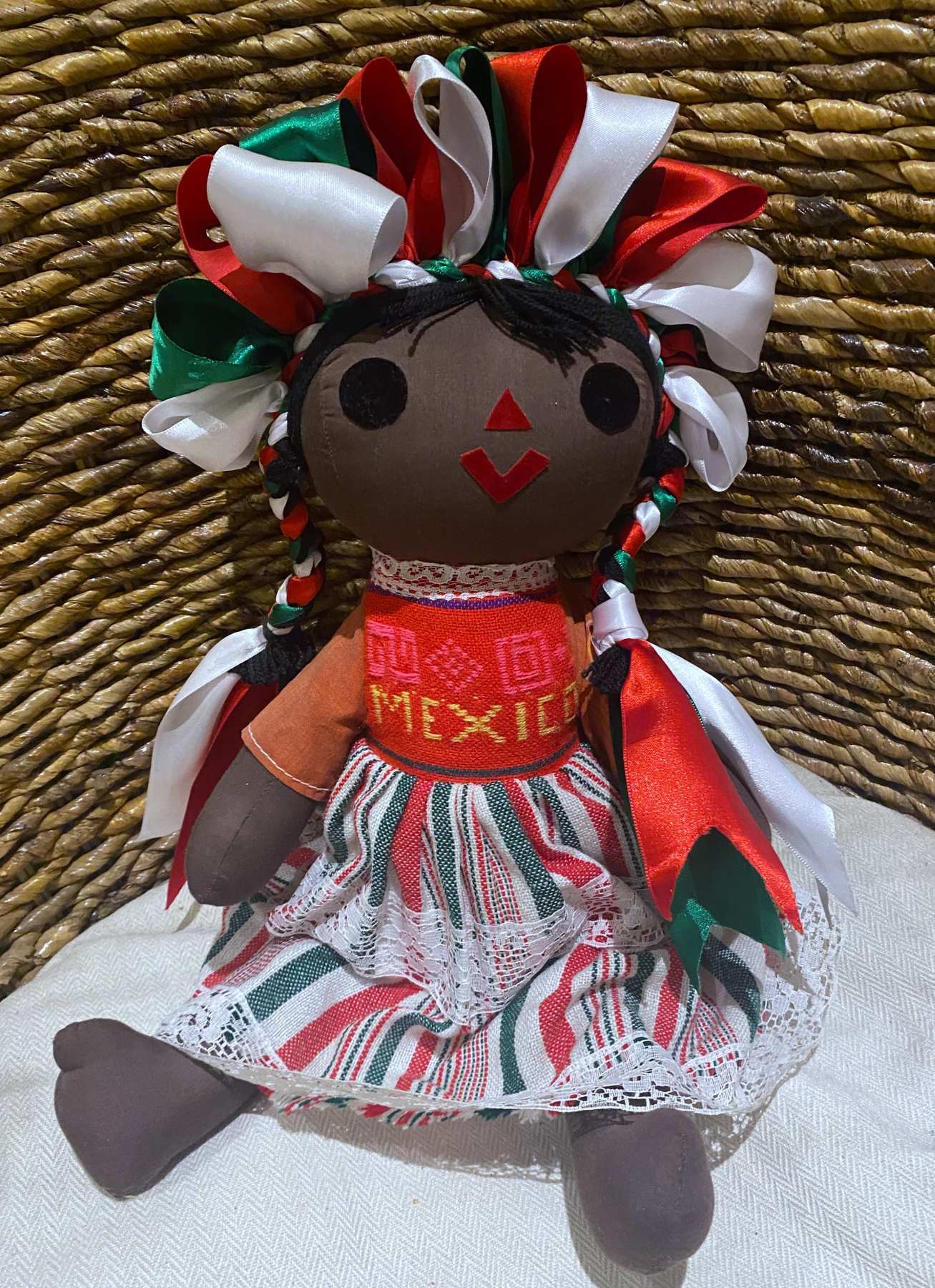
Lele dolls come in various sizes, from tiny ornaments to large display pieces. While there is a basic design template, artisans often add their personal touch, resulting in a wide variety of styles. The dolls’ clothing often reflects traditional Otomí dress, with long skirts and embroidered blouses. The colors and patterns used in the embroidery are not merely decorative; they were often drawn from the natural world, reflecting a strong connection between the Otomí people and their environment. “We use one sewing machine for making the doll pieces and two other machines for making the dresses, the rest is all done by hand. It takes one hour to an hour-and-a-quarter to make a full [medium-sized] doll,” says Nina who has been making dolls with her mother for 8 years.
The creation of Lele dolls is primarily the domain of Otomí women in Amealco. These skilled artisans learn the craft from a young age, with techniques and designs passed down from mother to daughter. This inter-generational transfer of knowledge ensures the continuation of the tradition and helps preserve Otomí cultural heritage. “My mother has been making dolls for approximately 20 years and my grandmother taught her,” says Nina emphasizing how the doll represents local identity and is an emblem of cultural importance to the Otomí people. “Of the six people that live in my home, there are three of us who dedicate ourselves to making dolls.”
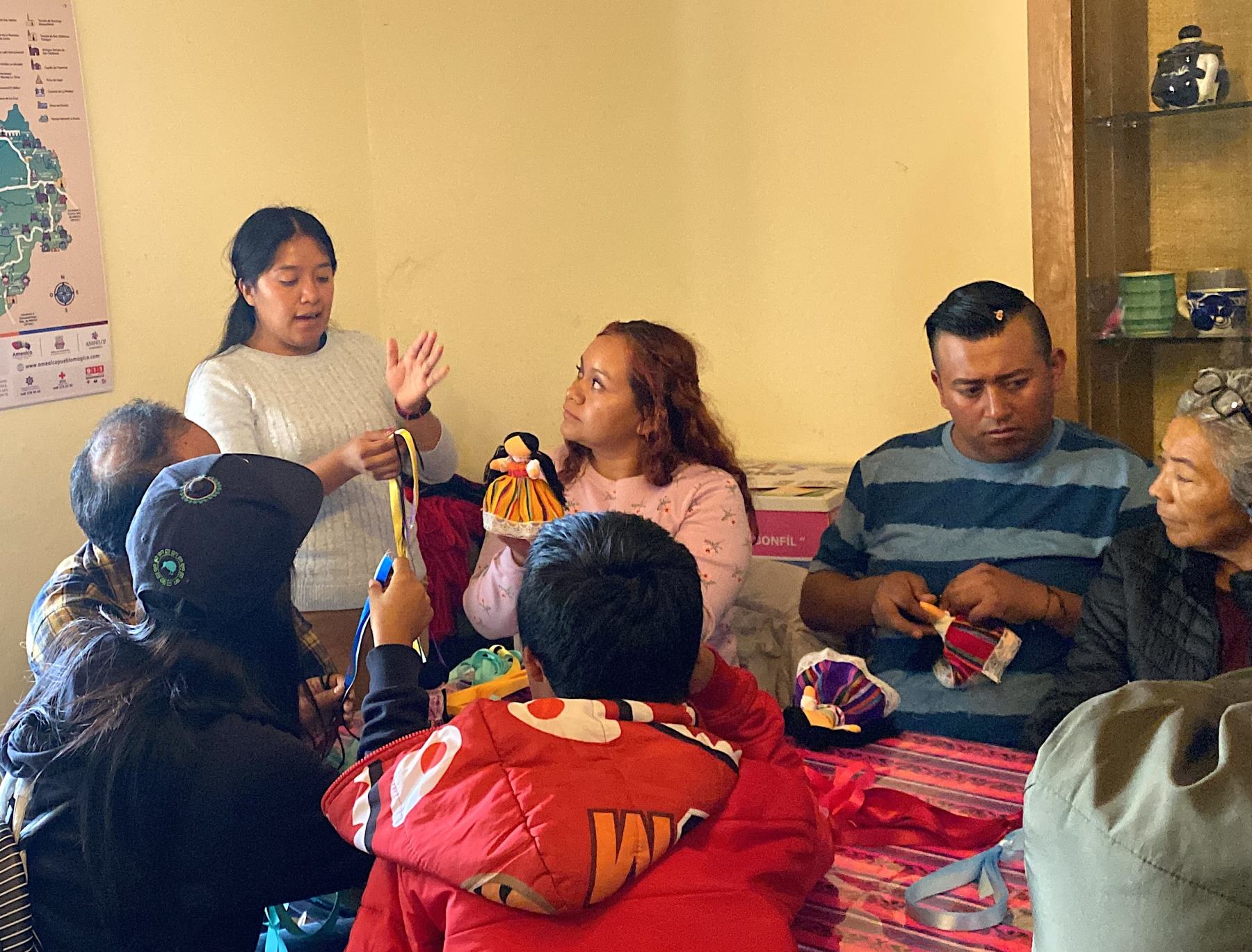
Doll-making has become a significant economic driver for Amealco. It provides income for many families and has helped put the town on the tourist map. The success of Lele dolls has also inspired a renewed interest in other forms of Otomí crafts, contributing to a broader cultural revival.
The fame of Lele dolls has also turned Amealco into a popular destination for cultural tourism. Visitors can explore workshops where artisans demonstrate their craft, and several small museums showcase the history and variety of the dolls. The town hosts an annual Lele doll festival, celebrating the tradition with exhibitions, workshops, and cultural events.
In recognition of their cultural significance, Amealco’s Lele dolls have received several accolades. In 2018, they were declared Cultural Heritage of Querétaro state. This designation has helped promote conservation efforts and increased national and international recognition for the craft. For the Otomí people, Lele dolls serve as a tangible link to their heritage. Each doll is a miniature ambassador of Otomí culture, showcasing traditional dress, embroidery patterns, and artistic sensibilities.
Authentic Lele dolls can be purchased directly from artisans in Amealco, as well as in markets and craft shops throughout the region including Mexico City. Prices vary depending on size and intricacy of design, ranging from a few dollars for small, simple dolls to hundreds for large, elaborately embroidered pieces. When purchasing, it’s important to buy from reputable sources to ensure authenticity and support local artisans.
Sure, the Lele dolls are a big draw, but Amealco’s got more up its sleeve. The town is surrounded by stunning natural beauty, with incredible views, and hiking trails that beckon adventure seekers. As you stroll through town, you’ll find yourself surrounded by history, with eye-catching murals and beautifully maintained colonial architecture at every turn. And if you’re a foodie, you’re in luck – the area’s rich farmland means you can visit local farms and treat your taste buds to the freshest local ingredients and handcrafted delights.
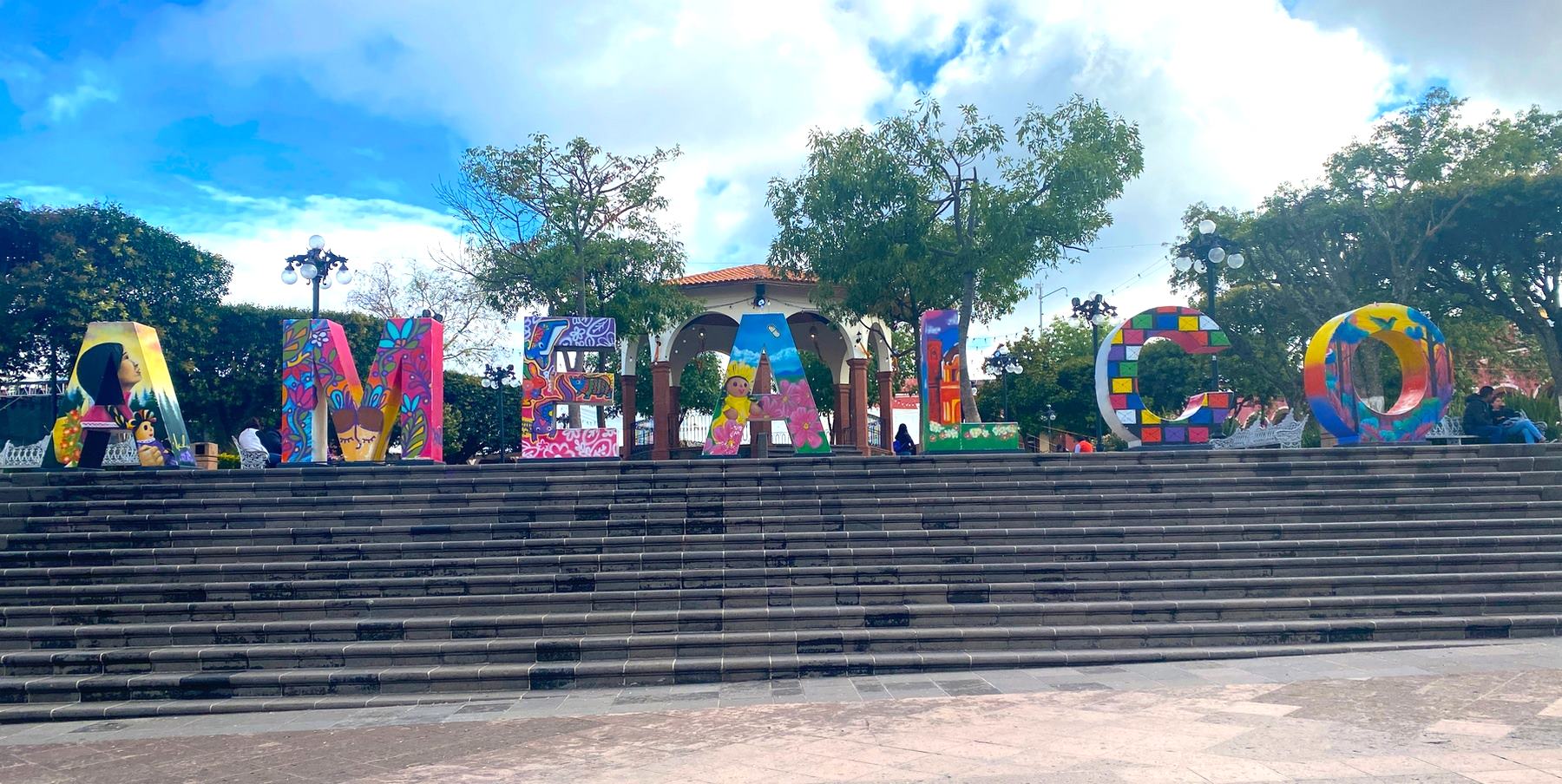
Amealco is the kind of place that makes you feel right at home from the get-go. The streets are alive with color. A joyful atmosphere and melodic sounds often permeate the air. Hit the markets and you’ll find a bit of everything – from plants to clothing, cute trinkets, jewelry, footwear, food, and home goods. And dolls? They’re everywhere! I saw countless Lele dolls in every color imaginable, each one unique but all distinctly “Lele.” These aren’t just souvenirs– they’re like little ambassadors of Amealco’s rich cultural heritage. For the full experience, take in the museums and workshops where you can watch the magic happen and even give doll-making a go yourself. And if you’re lucky, you might catch one of the town’s Lele doll festivals, with fun demonstrations and exhibits that really showcase the richness of Otomí culture.
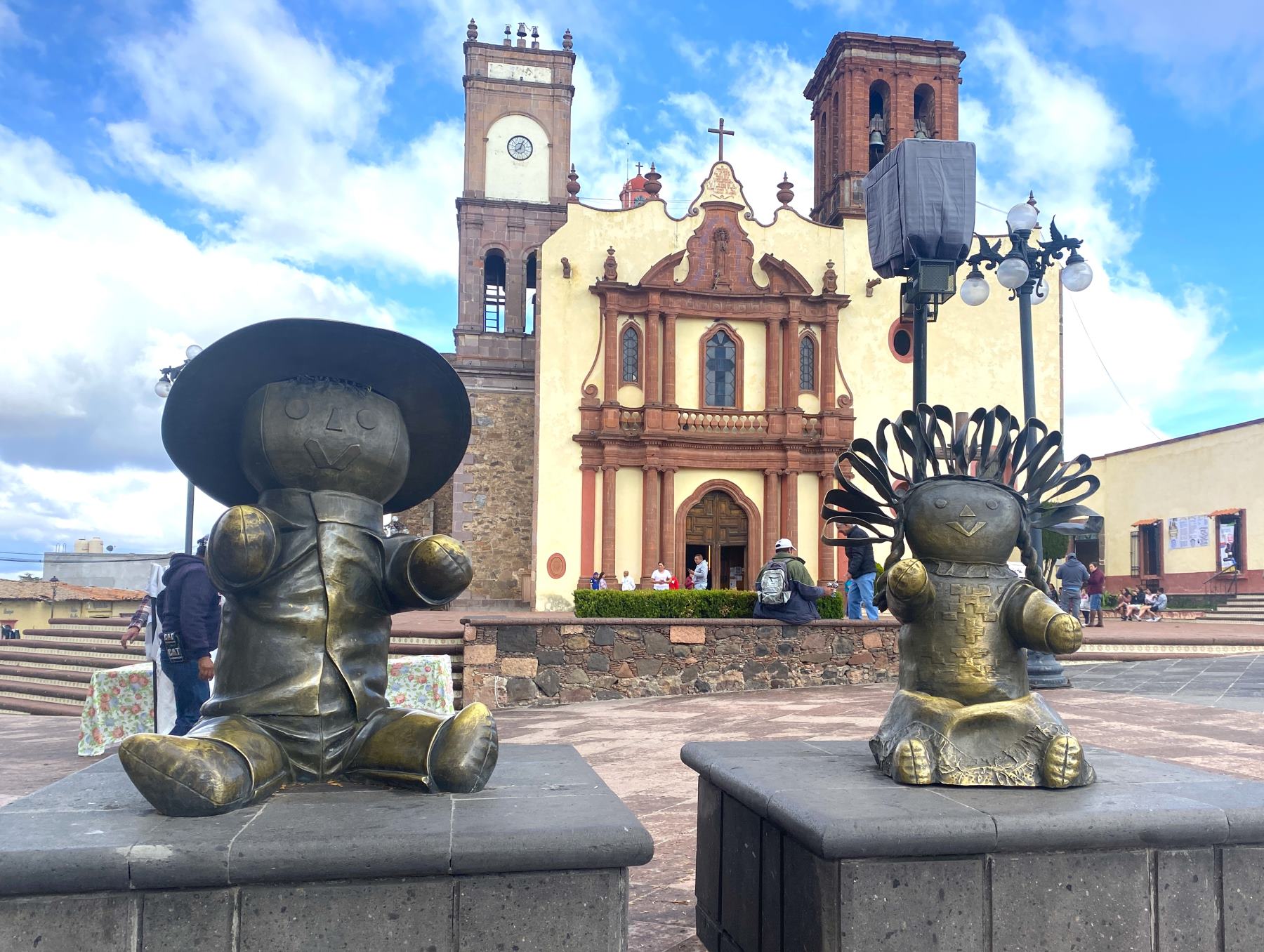
Amealco, with a population of around 60,000, is known for its pleasant climate and beautiful colonial architecture. Visitors can take in other attractions such as the Santiago Apóstol Church and the nearby Azteca archaeological site. The Casa de Cultura (House of Culture) is your go-to spot for all things Otomí — you can dive into the local language, check out beautiful cross-stitch embroidery, and get the scoop on traditional medicine. Swing by the town center to see the Parish of Santa María, where you’ll find original wooden floors and bronze vents that’ll transport you back in time. For the famous Lele dolls, don’t miss the Artisanal Doll Museum.
Amealco, with its crystal-clear waters and lush forests, is a paradise for outdoor enthusiasts. The town’s natural beauty serves as an ideal setting for a diverse range of activities. Adventure seekers can find their perfect pastime there, from camping in the wilderness and conquering challenging mountain bike trails to hiking scenic paths, exploring local ecosystems on ecotours, or racing across rugged terrain on ATVs. Nature lovers can stretch their legs at La Beata Natural Park, while those seeking comfortable accommodations might appreciate the historic charm of Hotel Misión La Muralla or the rustic coziness of Rancho Calixto Cabins. Each of these locations contributes its unique character to Amealco’s rich blend of culture, history, and natural splendor.
Along with doll-making, other aspects of Otomí culture such as traditional music, dance, and cuisine serve as a powerful reminder of the resilience and creativity of indigenous communities in preserving their heritage while adapting to the modern world.
Related articles on MexConnect
- Otomí “bark paper” comes from wild fig trees.
- Miel de maguey: an ancient Mexican sweetener brings hope to modern villagers.
- Amate Art of Mexico – (Where the Secular Meets the Sacred)

